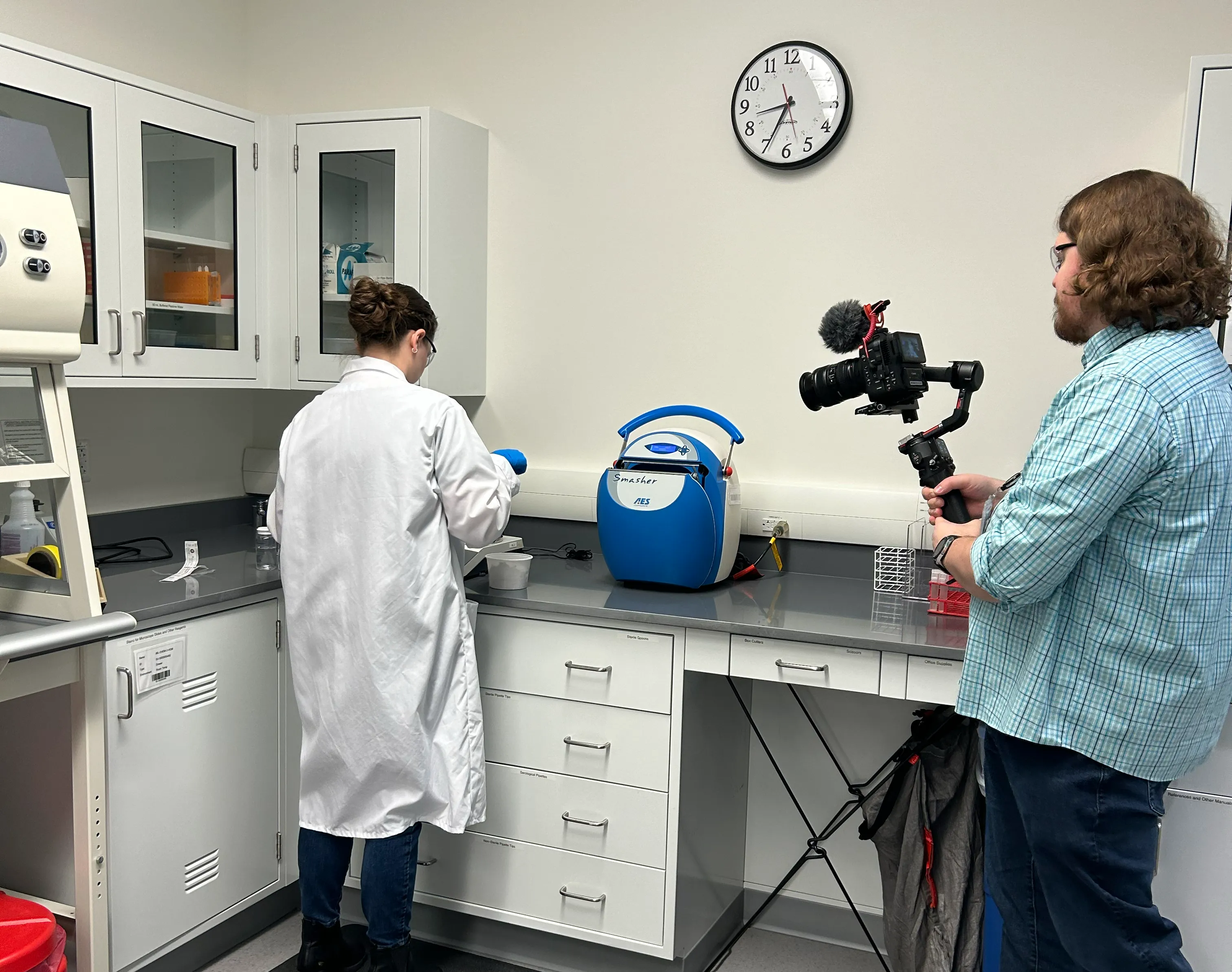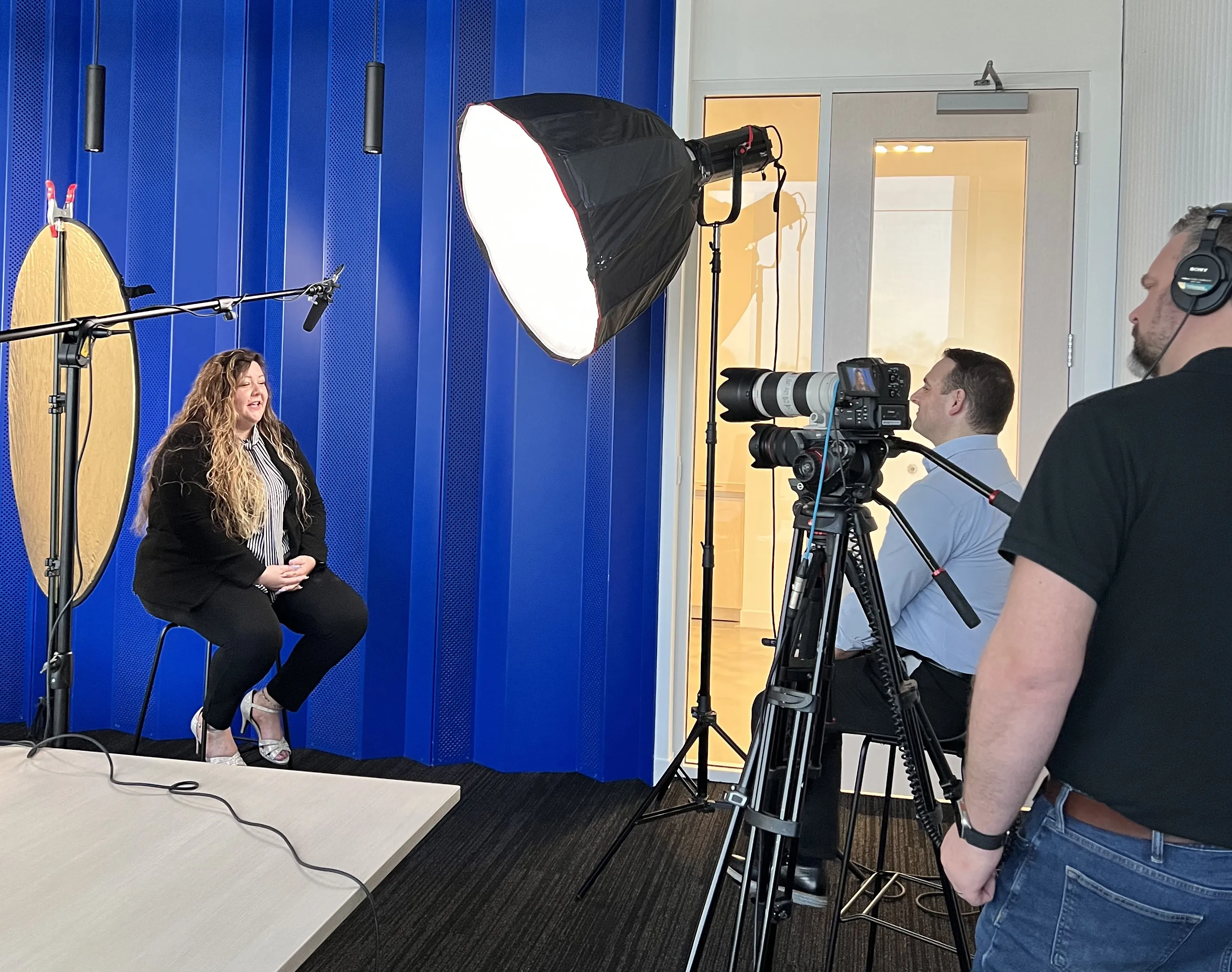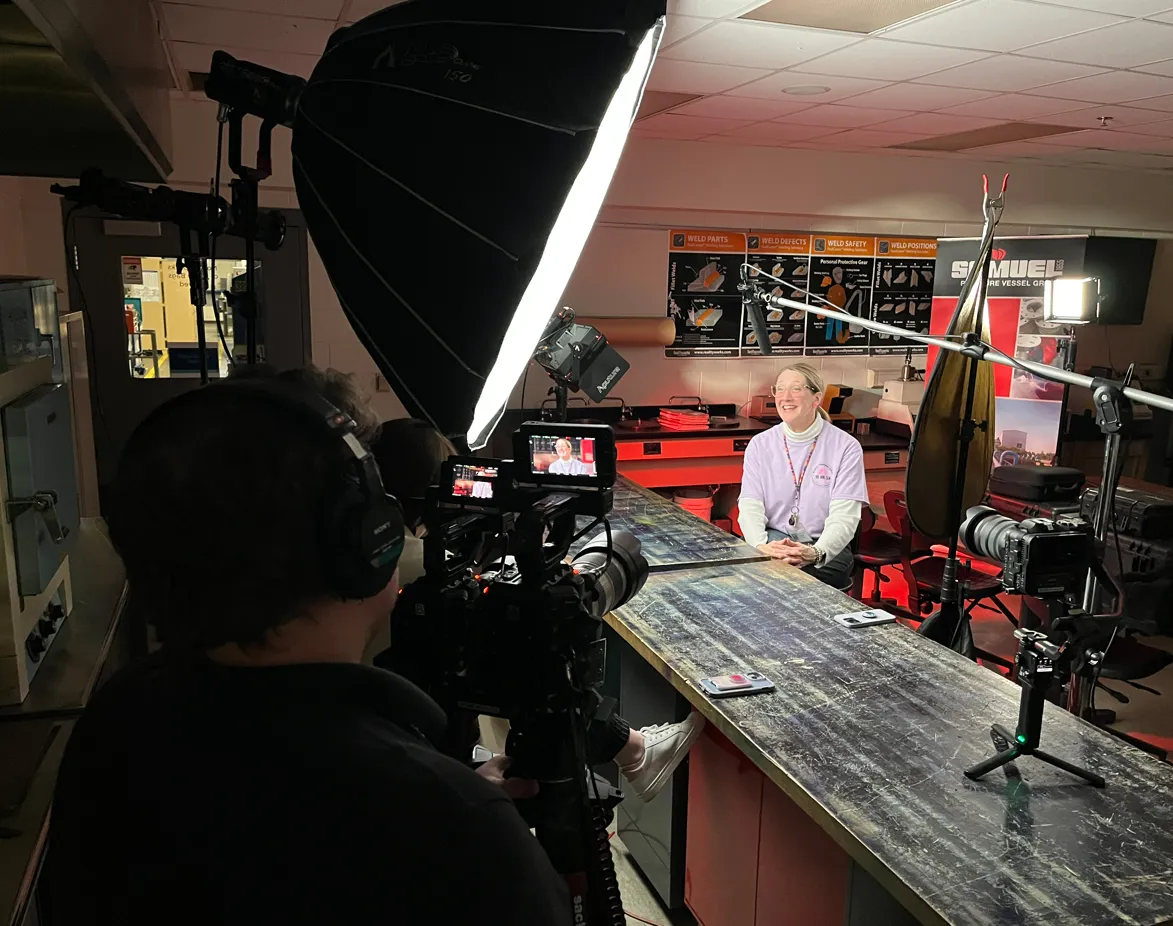If you’re interested in video production, you’re in the right place. The art of crafting videos is only becoming more intertwined with today’s culture and there are endless video use cases to consider. Our Wisconsin-based production company prides itself on taking on a range of video production projects and implementing many different techniques along the way.
Our team at Gillespie Productions has outlined some of the many different types of cinematic techniques that are popular in filmmaking. Once you’ve mastered these techniques, you’ll be able to capture the viewer’s attention and deliver quality videos that will make a lasting impression.
Bird’s Eye View
Bird’s eye view is an example of a filming technique that uses a very high angle to show a wide area of land or scenery. This technique is very popular to use in promotional videos or as an introductory shot that establishes the setting of the video.
Extremely Long Shot
Another filmmaking technique is referred to as an extremely long shot. This shop captures a wide area and is often used as an establishing shot. For example, you can use an extremely long shot when transitioning from one big city to another.
It’s also helpful to use this shot when showing subjects on a comparative scale such as an individual climbing a mountain. Use extremely long shots to convey the relative irrelevance of a person or item to show impressive scale.
Long Shot

A long shot is another film technique often used in educational videos or to describe the surroundings of the scene. Long shots provide the viewer with a better idea of the scene’s location and they show the whole human body from head to toe. When comparing long shots and bird’s-eye shots, the subject stands closer to the camera in the long shot.
Medium Shot
Medium shots are some of the most popular camerawork techniques used in movies. It is used to establish a new location or scene and it shows the characters sharing information. Medium shots often capture the dialogs of multiple people, making them common to use in documentary films. This allows the viewer to see the characters closely, such as from the knees or waist up. It’s possible to see the body language and facial expressions of the subject.
Close-Up
Close-ups are cinematography techniques featuring only the head of the character. Close-ups are used to demonstrate the emotions of the actor and help the audience engage with the characters and establish an emotional connection. This type of shot allows the viewer to understand the emotional state of the characters. As close-ups are also used to emphasize significant details, they are commonly used in industrial videos as well.
Extreme Close-Up
If you need to implement camera shooting techniques that closely follow a character’s face such as the eyes or mouth, opt for an extreme close-up. These types of shots are commonly used to increase the intensity and drama level of a scene as the viewer becomes captivated by the actor’s emotions. This type of shot can be used on objects as well.
Using Crane for Filming

Cranes are used in new film techniques when the camera moves up or down by more than a couple of feet. Filmmakers rely on cranes or jibs to move the camera steadily from one location to another. Crane camera shots help to add more suspense to the scene and are often implemented at the end of movies.
Following Camera
The following camera, as the name suggests, follows a character or helps explore the surroundings in the video. Filmmakers mount the camera onto the dolly or a wheeled cart that’s placed on a rail track. The dolly follows the subject as it moves. This type of shot allows the viewer to get a dynamic visual effect.
Panning Shot
The panning filmmaking technique means the camera turns horizontally in a fixed position. These types of shots look very professional as the camera moves accurately and smoothly. As the camera moves, the motion imitates the motion of the character’s head moving from left to right. Panning shots are ideal for showing off the surroundings.
Tilt Shot
This cinematography technique occurs when the camera moves vertically up and down from a fixed position. The camera will switch from the attention of the viewer in one area to another. It can also be used to slowly reveal something as the camera moves down. Tilt shots are commonly used as introductory shots.
Want to Work with Our Team?
With so many different types of filmmaking techniques to consider, it can be overwhelming to know when to implement what type of shot. We know that filmmaking may not be everyones’ expertise which is why our seasoned team is proud to offer our services. Our Wisconsin video production company is happy to work with you on your upcoming video project!
We specialize in corporate video production and we operate in Wisconsin and beyond. If you’re interested in learning more about our services, please reach out to our team today!
Related Posts
Dive deeper into related blog posts and keep expanding your knowledge!
LET'S PRODUCE ACTION.
Are you ready to bring your message to life? Let’s start the conversation about your goals and how Gillespie Productions can help you meet them.




.webp)

.webp)




